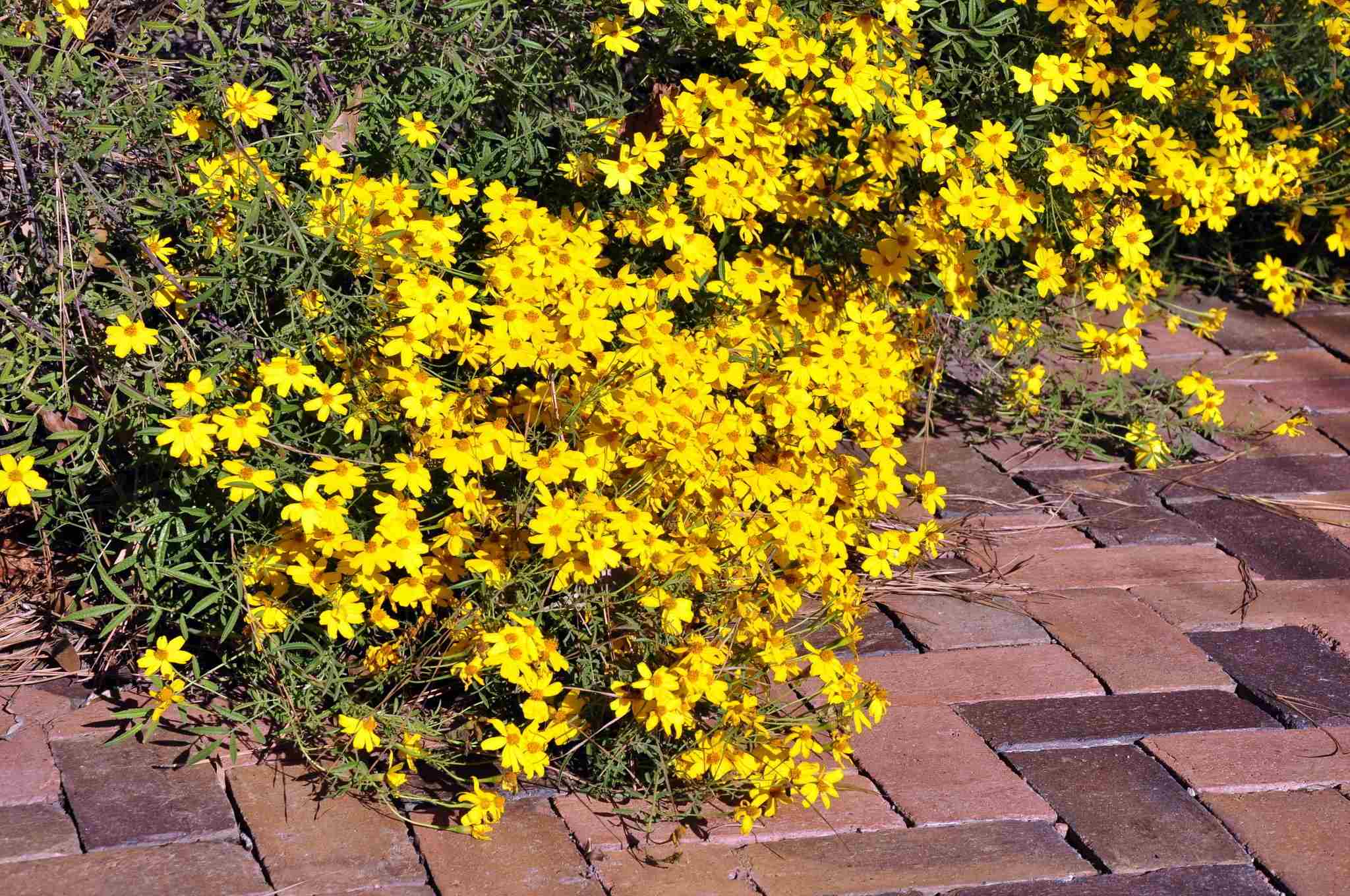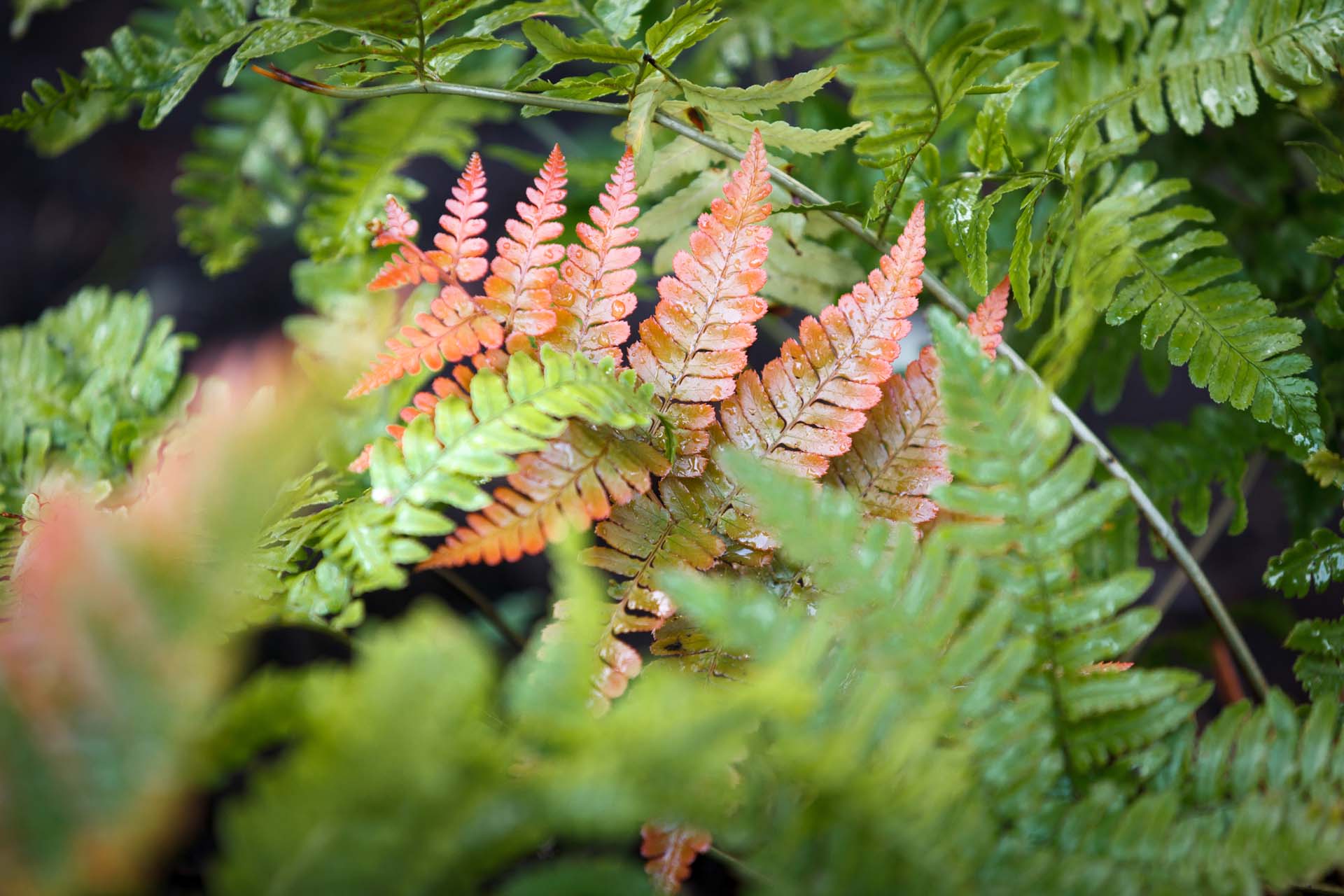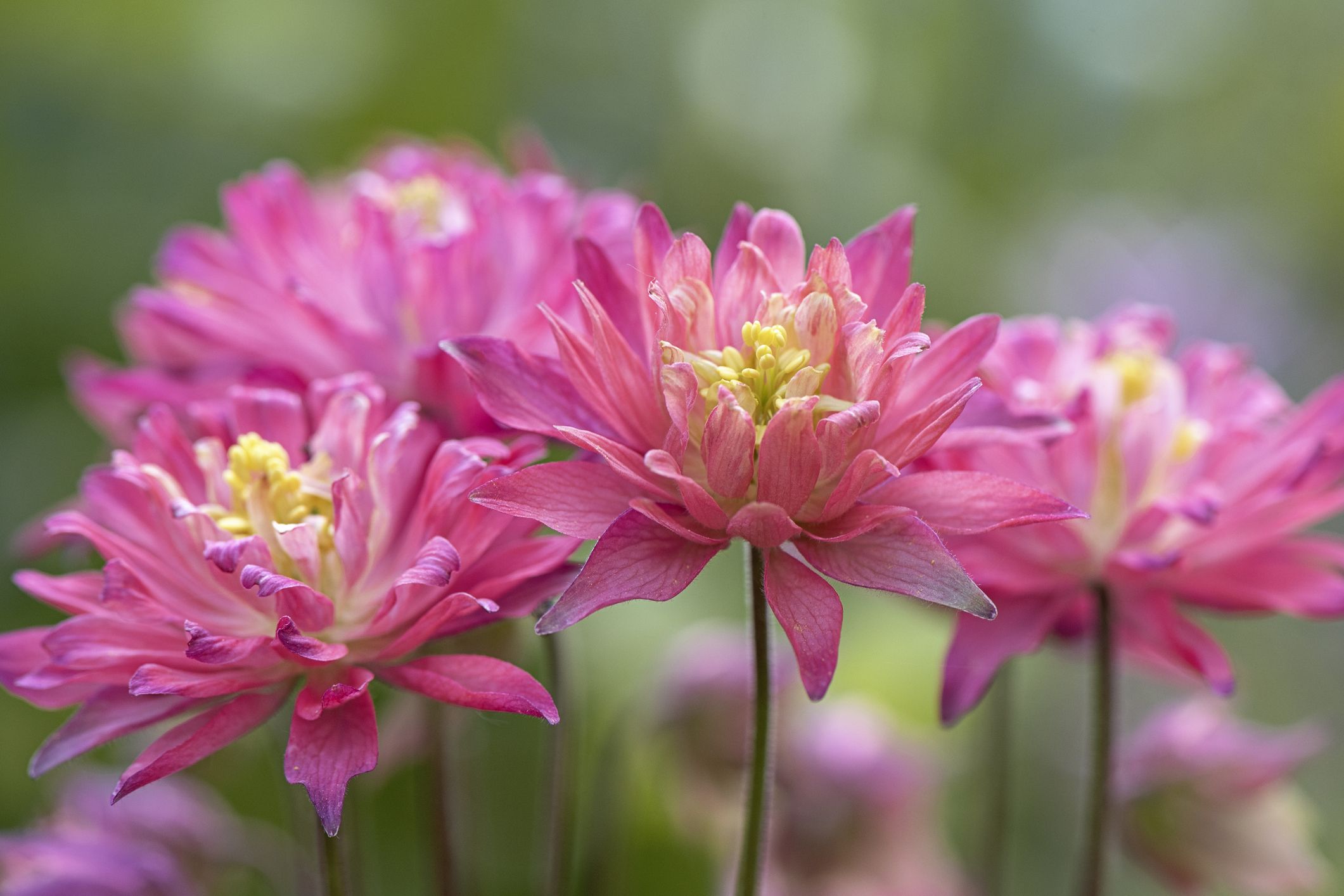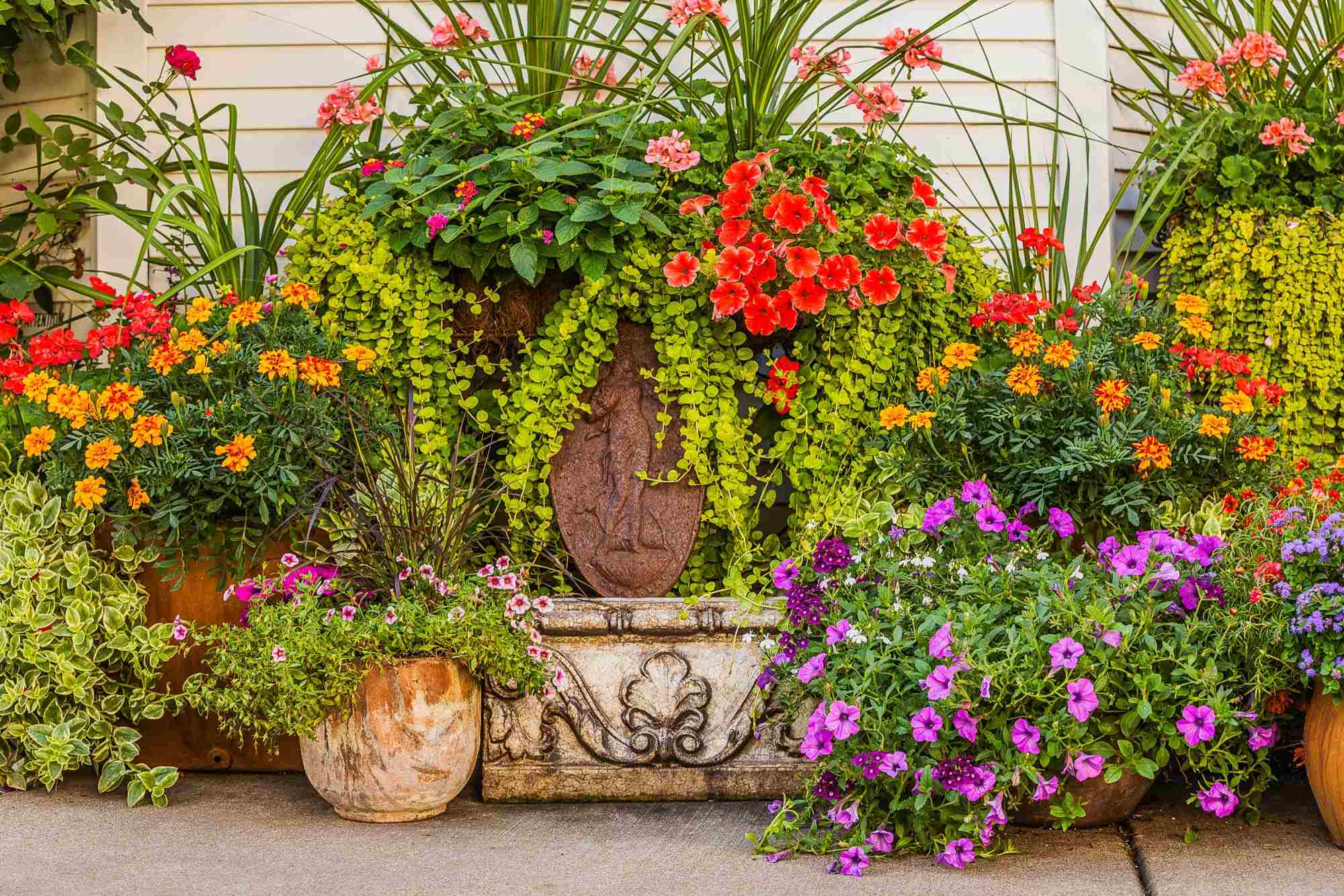Home>Types of Gardening>Edible Gardening>What Vegetable Plants Are Perennials
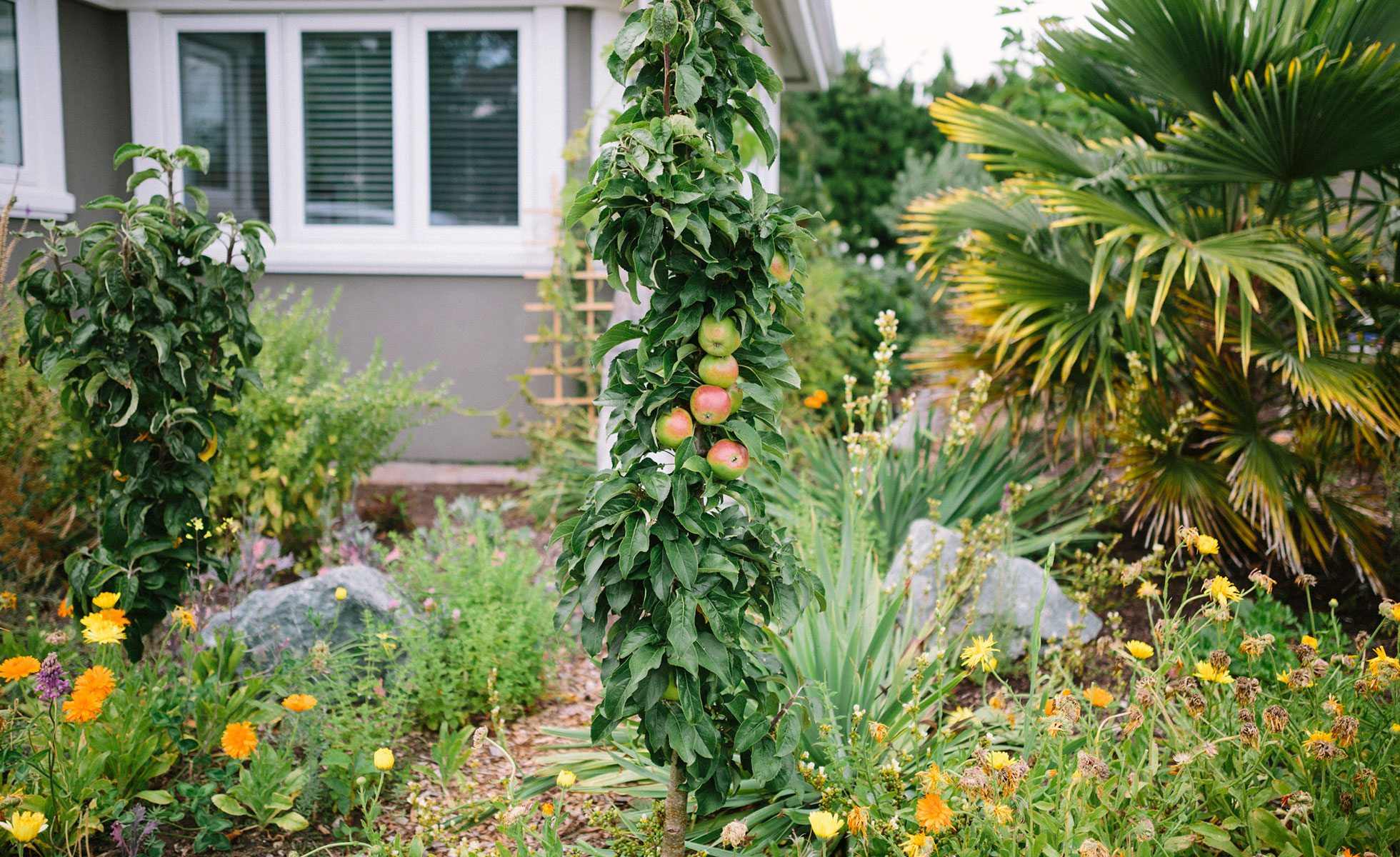

Edible Gardening
What Vegetable Plants Are Perennials
Modified: February 10, 2024
Learn which vegetable plants are perennials for your edible gardening needs. Discover long-lasting crops that can provide sustainable harvests year after year.
(Many of the links in this article redirect to a specific reviewed product. Your purchase of these products through affiliate links helps to generate commission for Chicagolandgardening.com, at no extra cost. Learn more)
Table of Contents
Introduction
Welcome to the world of edible gardening! If you’re interested in growing your own delicious and nutritious vegetables, you might be familiar with the concept of annual plants that need to be replanted every year. However, have you ever heard of perennial vegetable plants?
Perennial vegetables are unique and fascinating as they don’t require replanting every year. Unlike their annual counterparts, perennial vegetables have a longer lifespan, coming back year after year, allowing you to enjoy a bountiful harvest with less effort. These edible plants can bring a whole new level of convenience and sustainability to your garden.
Perennial vegetable plants have been gaining popularity among gardeners due to their many advantages. Not only do they save you time and effort, but they also contribute to a more environmentally friendly and sustainable gardening practice. In this article, we will explore the world of perennial vegetables, highlighting their benefits, popular varieties, tips for growing and caring for them, as well as some challenges you might encounter along the way.
So, if you’re ready to embark on a journey of growing your own perennial vegetables and enjoying the rewards year after year, let’s dive in!
Definition of Perennial Vegetable Plants
Perennial vegetables are the superheroes of the vegetable garden. Unlike their annual counterparts, which complete their lifecycle within a single growing season, perennial vegetables have the remarkable ability to regrow year after year, providing a continuous harvest without the need for replanting.
These plants have developed unique adaptations that allow them to survive and thrive through winter and other adverse conditions. Their root systems continue to grow and store energy underground, enabling them to produce new shoots and leaves when the weather conditions become favorable again.
One of the distinguishing features of perennial vegetables is their longevity. While most annual vegetables last for only one season, perennial vegetables can live for several years, producing a reliable and consistent yield. This extended lifespan not only reduces the need for constant replanting but also offers the satisfaction of watching your garden evolve and mature over time.
Perennial vegetables come in a wide variety of forms, from leafy greens and herbs to root crops and vine-producing plants. Some examples of popular perennial vegetables include asparagus, rhubarb, artichoke, sorrel, kale, and horseradish.
It is important to note that not all vegetables can be considered perennial. Many common garden vegetables, such as tomatoes, peppers, and cucumbers, are generally grown as annuals due to their sensitivity to frost and other environmental factors. However, there are perennial varieties of certain vegetables that can thrive in specific regions or under controlled conditions.
In addition to their ability to regrow year after year, perennial vegetable plants offer several advantages that make them an attractive and sustainable option for home gardeners. In the next section, we will explore these benefits in more detail.
Advantages of Perennial Vegetables
Growing perennial vegetables in your garden offers numerous advantages that make them a worthwhile addition to any edible garden. Here are some of the key benefits of choosing perennial vegetables:
- Reduced Effort: One of the biggest advantages of perennial vegetables is that they require less effort to maintain compared to annual vegetables. Once established, these plants continue to regrow every year without the need for replanting, saving you time and energy.
- Sustainable Gardening: Perennial vegetables promote sustainable gardening practices. They have deeper root systems compared to annuals, which helps improve soil structure and fertility. Their continuous growth also helps prevent soil erosion.
- Longer Harvest Period: With perennial vegetables, you can enjoy an extended harvest period. Unlike annuals that produce a crop for a limited time, perennial vegetables provide multiple harvests, often spanning several weeks or even months.
- Cost Savings: By growing perennial vegetables, you can save money in the long run. Since you don’t need to purchase new seeds or transplants every year, your costs for replanting purposes are significantly reduced.
- Biodiversity: Incorporating perennial vegetables into your garden contributes to biodiversity. Their presence attracts beneficial insects and pollinators, creating a more balanced ecosystem and reducing the need for pesticides and other interventions.
- Taste and Nutrition: Perennial vegetables often have unique flavors and textures that can add variety to your meals. They also tend to have higher nutritional content, providing you with a more diverse range of vitamins, minerals, and antioxidants.
- Adaptability: Perennial vegetables are often more adaptable to various climatic conditions compared to annuals. Some varieties can withstand frost, drought, or heat better, making them suitable for a wider range of climates and regions.
These advantages highlight the appeal and practicality of growing perennial vegetables in your garden. Now that we have explored the benefits let’s move on to the next section, where we will delve into some popular perennial vegetable plants to consider for your garden.
Popular Perennial Vegetable Plants
When it comes to perennial vegetables, there is a wide variety of plants to choose from, each offering unique flavors, textures, and growth habits. Here are some popular perennial vegetables that you can consider adding to your garden:
- Asparagus: Known for its delicate flavor, asparagus is a favorite perennial vegetable among gardeners. It requires patience as it takes a couple of years to establish before providing a bountiful harvest for many years to come.
- Rhubarb: Rhubarb is a sturdy perennial vegetable with tart and tangy stalks that are commonly used in pies and desserts. It thrives in cooler climates and requires well-drained soil.
- Artichoke: Artichokes are elegant perennial vegetables that produce large, spiky flower buds. The tender hearts of the artichokes are delicious and can be enjoyed in a variety of dishes.
- Sorrel: Sorrel is a leafy green perennial vegetable with a tangy, lemony flavor. It’s commonly used in salads, soups, and sauces and adds a refreshing zest to dishes.
- Kale: Kale is a nutrient-dense perennial vegetable that is easy to grow and packed with vitamins. It comes in various varieties, including curly kale, dinosaur kale, and red kale, each with its own unique flavor profile.
- Horseradish: Horseradish is a pungent perennial vegetable that adds a spicy kick to dishes. Its strong flavor makes it a popular addition to sauces, condiments, and marinades.
- Jerusalem Artichoke: Jerusalem artichoke, also known as sunchoke, is a root vegetable with a nutty, sweet flavor. It can be enjoyed roasted, sautéed, or added to soups and stews.
- Watercress: Watercress is a perennial vegetable that thrives in moist environments. It has a peppery taste and is often used in salads, sandwiches, and as a garnish.
These are just a few examples of the many perennial vegetables available. It’s important to note that the availability of certain varieties may vary depending on your location and climate. Consider researching native, regional, and climate-appropriate options to maximize your success with perennial vegetables.
Now that we’ve explored some popular choices, it’s time to learn how to grow and care for perennial vegetables. In the next section, we will provide valuable tips to help you cultivate a flourishing perennial vegetable garden.
Growing and Care Tips for Perennial Vegetables
Growing and caring for perennial vegetables requires some specific considerations to ensure their health and productivity in your garden. Here are some tips to help you successfully cultivate perennial vegetables:
- Choose the Right Location: Select a well-drained spot in your garden that receives adequate sunlight. Most perennial vegetables prefer full sun, although there are a few that can tolerate partial shade.
- Prepare the Soil: Prior to planting, prepare the soil by adding organic matter such as compost or well-rotted manure. Perennial vegetables thrive in nutrient-rich soil, so ensuring good soil fertility is essential.
- Planting Technique: When planting perennial vegetables such as asparagus crowns or rhubarb divisions, dig a hole deep enough to accommodate the roots or crowns comfortably. Backfill with soil and water well to help the plants establish themselves.
- Provide Adequate Water: While established perennial vegetables are generally more drought-tolerant than annuals, it is important to provide sufficient water during dry periods, especially in the first year after planting. Monitor soil moisture and irrigate as needed.
- Mulch: Apply a layer of organic mulch around your perennial vegetable plants to conserve moisture, suppress weed growth, and regulate soil temperature. Mulching also helps improve soil structure over time as the organic matter breaks down.
- Regular Maintenance: Perennial vegetables require regular maintenance to ensure their health and productivity. This includes removing weeds, monitoring for pests and diseases, and providing support for climbing or vining vegetables.
- Fertilization: Although perennial vegetables generally require less fertilization than annuals, it is beneficial to fertilize them annually with a balanced organic fertilizer. This will help maintain soil fertility and support healthy growth.
- Division and Propagation: Some perennial vegetables, like rhubarb, can be divided and propagated to expand your garden. Divide plants every few years to prevent overcrowding and rejuvenate their growth.
- Winter Protection: Depending on your climate, some perennial vegetables may require winter protection to survive. Mulching around the base of the plants or covering them with straw or fleece can help insulate them from cold temperatures.
By following these growing and care tips, you will be well on your way to cultivating a thriving perennial vegetable garden. Remember to observe and learn from your plants, adjusting your approach as needed to suit their specific requirements. Now let’s move on to the next section, where we will explore harvesting and the ongoing maintenance of perennial vegetable plants.
Harvesting and Maintenance of Perennial Vegetable Plants
As your perennial vegetable plants mature, you will have the opportunity to enjoy a bountiful harvest year after year. Understanding when and how to harvest, as well as the ongoing maintenance required, is crucial for their long-term success. Here are some tips for harvesting and maintaining perennial vegetable plants:
- Harvesting: Perennial vegetables can have different harvesting requirements. Asparagus spears, for example, should be harvested when they reach 6-8 inches tall. Cut them at ground level, being careful not to damage emerging shoots. Rhubarb stalks can be harvested when they are thick and vibrant in color. Twist or cut the stalks near the base, leaving a portion intact for the plant to continue growing.
- Timing: Familiarize yourself with the optimal harvest time for each perennial vegetable variety in your garden. Some vegetables, like sorrel and kale, can be harvested as soon as the leaves are mature enough to use. Others, such as artichokes, should be harvested when the buds are plump and before the tough choke develops inside.
- Ongoing Maintenance: Regular maintenance is essential for the health and productivity of your perennial vegetables. Remove weeds and control pests as soon as they appear. Monitor for signs of disease and take appropriate action. It’s also important to provide support for climbing or vining vegetables, such as trellises or cages.
- Division and Propagation: Some perennial vegetables, like rhubarb, can benefit from periodic division. Dividing the plant every few years helps rejuvenate their growth and prevent overcrowding. Follow proper division techniques to ensure the health of the divided plants.
- Pruning: Some perennial vegetables may benefit from occasional pruning. For example, removing old or dead foliage from asparagus in late fall helps keep the plant healthy and promotes new growth in the following season. Consult specific guidelines for pruning each perennial vegetable variety.
- Overwintering: In colder climates, proper winter protection is essential for perennial vegetables. Mulch around the base of plants to insulate them from freezing temperatures. You can also cover vulnerable plants, like artichokes, with straw or fleece to provide additional protection.
- Soil Amendments: Periodically test your soil to ensure it has the appropriate pH level and necessary nutrients. Based on the results, you may need to amend the soil with organic matter or specific fertilizers to optimize plant growth and health.
By implementing these harvesting and maintenance practices, you can ensure the longevity and productivity of your perennial vegetable garden. Take the time to learn about the specific needs of each plant variety you grow and adapt your maintenance routine accordingly. Now that we’ve covered these important aspects, let’s address some potential challenges you might face when growing perennial vegetables in the next section.
Potential Challenges in Growing Perennial Vegetables
While perennial vegetables offer numerous benefits, they are not without their challenges. Understanding and anticipating these challenges will help you overcome them and ensure the success of your perennial vegetable garden. Here are some potential challenges you might encounter:
- Establishment Period: Perennial vegetables often have a longer establishment period compared to annuals. It may take a couple of years for plants like asparagus or rhubarb to reach full production. Patience is key during this initial phase.
- Pest and Disease Management: Just like any other plants, perennial vegetables are susceptible to pests and diseases. Common pests include aphids, slugs, and snails. Regular monitoring and appropriate pest control measures, such as organic insecticides or physical barriers, can help manage these issues.
- Competing Weeds: Weeds can quickly become a challenge in perennial vegetable beds. Regular weeding and mulching will help suppress weed growth and ensure that your perennial vegetables have access to nutrients and sunlight.
- Soil Nutrient Imbalance: Over time, the fertility and nutrient balance of the soil can change. Conduct regular soil tests to identify any deficiencies or imbalances, and amend the soil accordingly to ensure your plants have the necessary nutrients for optimum growth.
- Climate Adaptation: While many perennial vegetables are adaptable, some may struggle in extreme climate conditions. Ensure that the perennial vegetables you choose are suitable for your particular climate and region. Provide adequate protection during harsh winters or hot summers to promote plant survival and productivity.
- Crowding: Perennial vegetables can spread and multiply over time, which may lead to overcrowding. This can affect the health and productivity of the plants. Regularly divide crowded plants to maintain proper spacing and rejuvenate their growth.
- Maintenance Requirements: Perennial vegetables still require ongoing maintenance, although less than annuals. Ensure you have the time and resources to dedicate to regular care, including watering, weeding, and protecting the plants from pests and diseases.
By being aware of these potential challenges and taking proactive measures, you can address them effectively and maximize the success of your perennial vegetable garden. Remember to continuously educate yourself on proper plant care and seek advice from experienced gardeners or local gardening resources as needed.
Now that you’re equipped with knowledge about challenges, you can confidently embark on your journey of growing perennial vegetables. In the final section, we’ll wrap things up and summarize the key points explored in this article.
Conclusion
Congratulations! You have now gained valuable insights into the fascinating world of perennial vegetable gardening. By opting for perennial vegetables, you can enjoy a bountiful harvest year after year with less effort and a reduced ecological footprint. The advantages of perennial vegetables, such as reduced maintenance, sustainability, and longer harvest periods, make them an excellent choice for any edible garden.
We explored the definition of perennial vegetable plants, their unique characteristics, and the popular varieties you can grow. Additionally, we provided essential tips for successful cultivation, including site selection, soil preparation, watering, and ongoing maintenance. We also discussed the potential challenges you might encounter and how to overcome them.
Remember, growing perennial vegetables requires patience and understanding of each plant’s specific needs. It is important to choose varieties adapted to your climate and region and to implement proper care and maintenance practices to ensure their health and productivity. Regular harvesting, dividing overcrowded plants, and providing winter protection are just a few of the tasks that contribute to a thriving perennial vegetable garden.
Now it’s time for you to put your newfound knowledge into practice and start your own perennial vegetable garden. Explore local nurseries or seed catalogs for the varieties that best suit your tastes and growing conditions. Experiment with different perennial vegetables and expand your garden over time.
By cultivating perennial vegetables, you not only reap the benefits of fresh and nutritious homegrown produce, but you also take part in a sustainable and rewarding gardening practice. So, roll up your sleeves, get your hands in the soil, and enjoy the journey of growing and indulging in the deliciousness of perennial vegetable plants.

